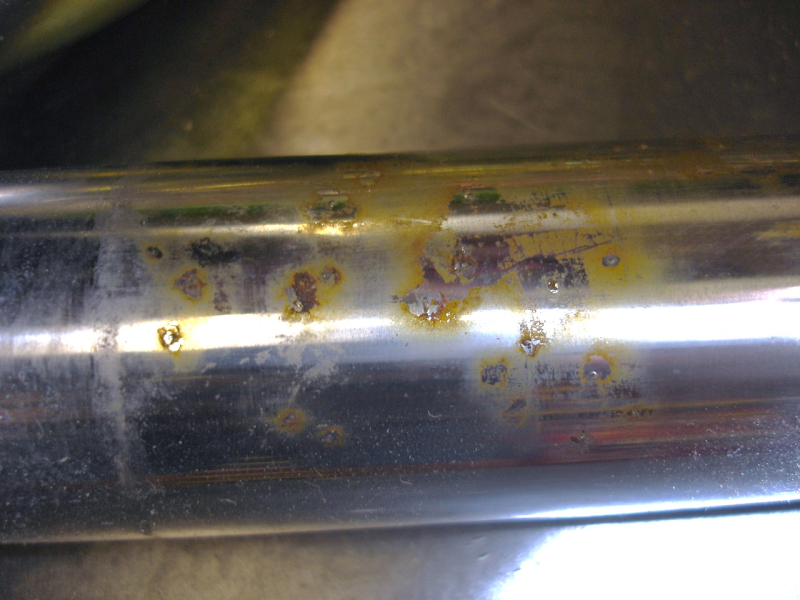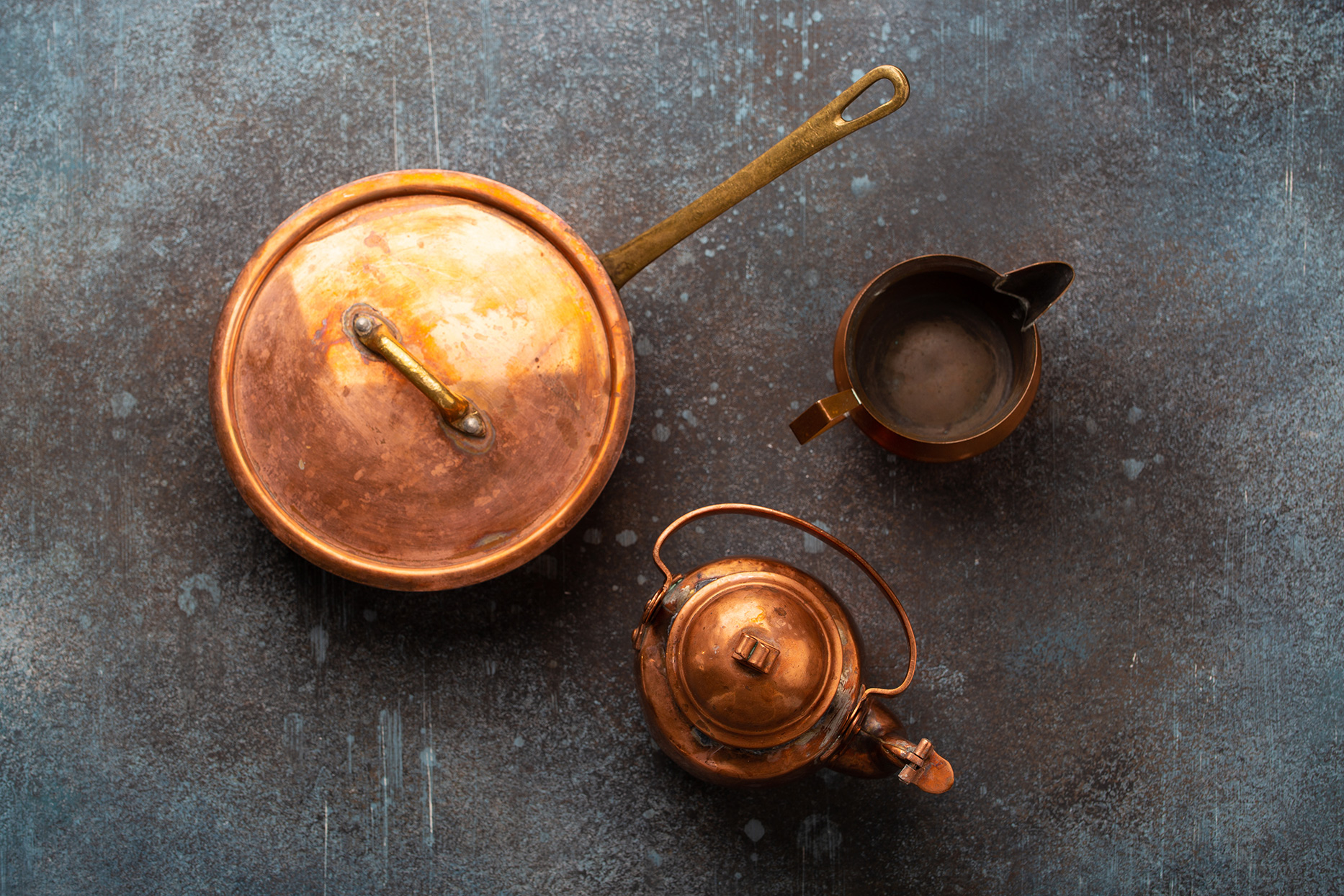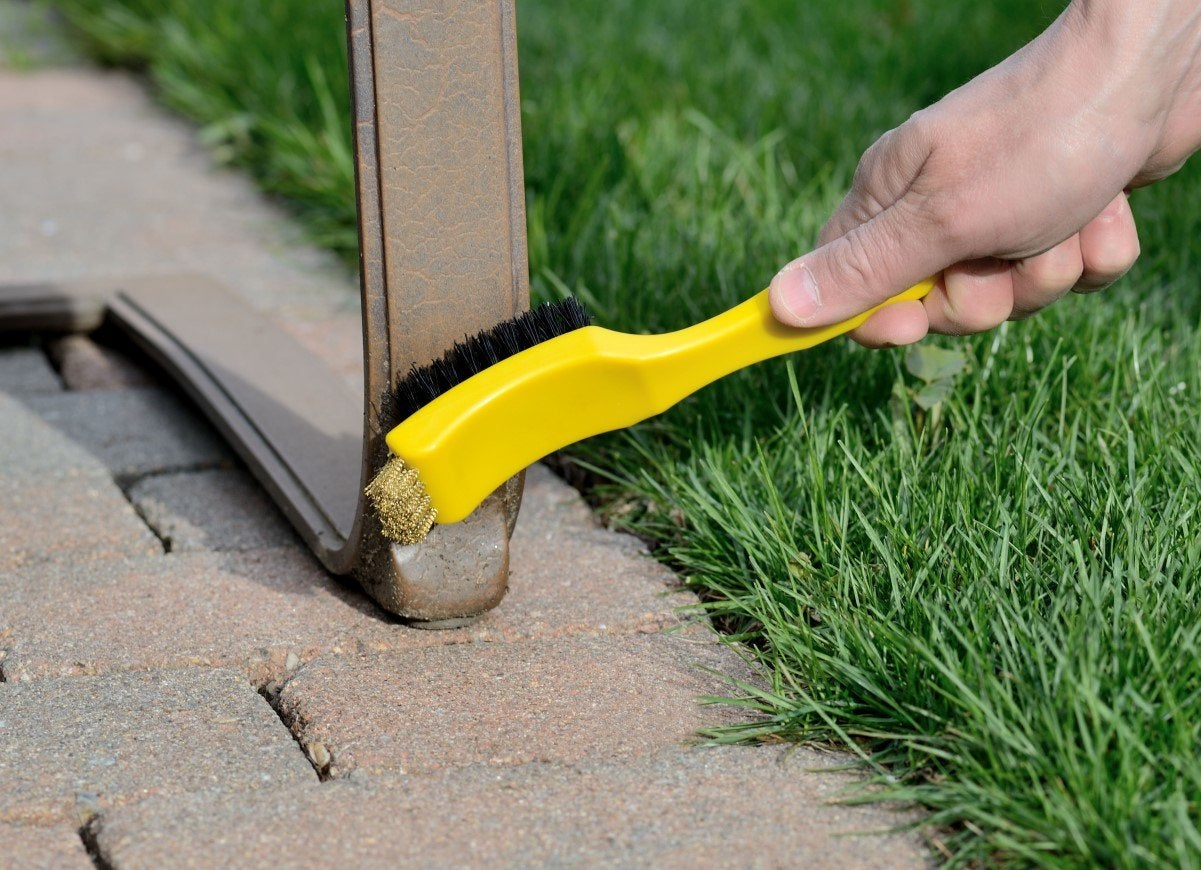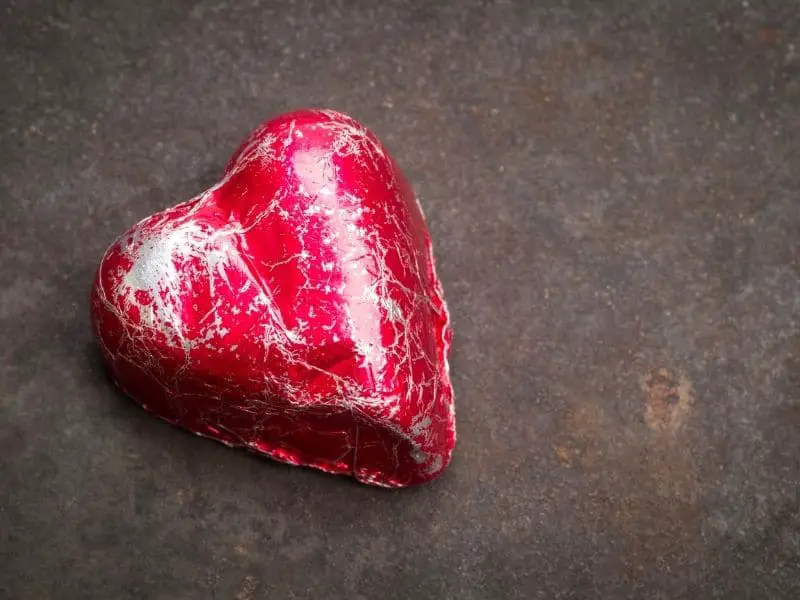Chrome is a popular material used in various household and automotive items, as it is known for its shine and durability. But one of the most common questions people have about chrome is whether or not it can rust. In this post, we will address whether or not chrome rusts and the reasons behind it.
Contrary to popular belief, chrome does not rust. Chrome is a form of metal plating that is applied to a substrate material, typically steel or aluminum. The plating acts as a protective layer, preventing the underlying material from corroding and rusting. The chrome layer is able to do this because it is highly resistant to rust and other forms of corrosion.
However, just because chrome does not rust does not mean that it is completely immune to damage. The plating can become scratched or damaged over time, exposing the underlying material to the elements and potentially leading to corrosion. Additionally, if the chrome is not properly maintained, it can develop discoloration, stains, and other unsightly blemishes that can detract from its shine and appearance. To ensure that chrome remains in good condition, it is important to regularly clean and maintain it to prevent damage to the plating.
Does Chrome Rust
Chrome is actually a type of metal plating process, where a thin layer of chromium is applied to a substrate material, usually steel or aluminum. This chromium layer acts as a barrier, protecting the substrate from corrosion and rust. It’s highly resistant to rust and corrosion, and it has a beautiful, shiny appearance that makes it a popular choice for a variety of applications.
However, it’s important to note that while the chromium layer itself won’t rust, the substrate material underneath it still can. If the chromium layer becomes damaged or worn, it can expose the substrate to the elements, potentially leading to rust and corrosion. That’s why it’s so important to properly maintain chrome surfaces, by regularly cleaning and polishing them to prevent damage to the chromium layer.
So, in conclusion, while chrome itself won’t rust, it’s important to take proper care of it to prevent rust and corrosion in the substrate material underneath.

Three components compare in terms of their impact on whether or not Chrome rusts
There are three main components involved when it comes to whether or not chrome rusts: the substrate material, the chromium layer, and the environment. Let’s take a closer look at each of these components.
- Substrate Material: The substrate material is the base material that the chromium layer is applied to. This material is usually either steel or aluminum, and it is what gives the final product its strength and stability. However, both steel and aluminum are susceptible to rust and corrosion, so the chromium layer is added to protect them.
- Chromium Layer: The chromium layer is a thin layer of chromium metal that is applied to the substrate material. Chromium is a highly corrosion-resistant metal that forms a protective barrier around the substrate material, preventing rust and corrosion from forming. Chromium is also known for its shiny, attractive appearance, which makes it a popular choice for a variety of applications.
- Environment: The environment in which the chrome-plated item is used can play a big role in whether or not it will rust. Factors such as humidity, temperature, and exposure to corrosive substances can all contribute to rust and corrosion in the substrate material if the chromium layer is damaged.
| Component | Impact on Rust Formation |
|---|---|
| Substrate Material | High |
| Chromium Layer | Low |
| Environment | Medium |
As you can see, the substrate material has the highest impact on rust formation, followed by the environment, and finally the chromium layer, which has the lowest impact. However, it’s important to remember that all three components play a role in determining whether or not chrome will rust, and proper maintenance is crucial in preventing rust and corrosion.

Table of equipment that can be useful for working with chrome to prevent rust and maintain its appearance
| Equipment | Purpose |
|---|---|
| Soft cloth or sponge | For cleaning and polishing chrome surfaces |
| Chrome cleaner | For removing stains, grime, and other buildup from the chromium layer |
| Microfiber cloth | For wiping down the chrome after cleaning, to prevent streaks and residue |
| Polishing compound | For restoring the shine of the chromium layer and removing scratches or discoloration |
| Rust remover | For removing rust from the substrate material, if it becomes exposed due to damage to the chromium layer |
| Protective spray or wax | For sealing the chromium layer and protecting it from damage and environmental factors that could contribute to rust and corrosion |
By having these tools on hand, you’ll be able to properly maintain and care for your chrome items, helping to prevent rust and ensure they remain in great condition for years to come!
FAQ
Can chrome rust?
While chromium is highly resistant to corrosion and rust, it is not completely immune. If the chromium layer is damaged, the substrate material (usually steel or aluminum) can become exposed and begin to rust.
What causes chrome to rust?
The most common cause of chrome rust is damage to the chromium layer, which exposes the substrate material underneath. This can occur due to physical damage, exposure to corrosive substances, or a combination of both.
How can I prevent chrome from rusting?
The best way to prevent chrome from rusting is to properly maintain and care for it. This includes regularly cleaning it with a gentle cleaner, drying it thoroughly, using a protective spray or wax to seal the chromium layer, and removing rust if it begins to form.
How do I remove rust from chrome?
If the substrate material begins to rust due to damage to the chromium layer, you can use a rust remover specifically designed for the substrate material (steel or aluminum) to remove the rust. Make sure to clean and dry the surface thoroughly after removing the rust, and apply a protective spray or wax to help prevent future rust formation.
Can rust spread on chrome?
Yes, rust can spread on chrome if the substrate material becomes exposed due to damage to the chromium layer. This is why it’s important to remove rust as soon as it is noticed and to take steps to prevent further damage to the chromium layer.



Leave a Reply